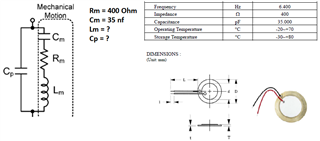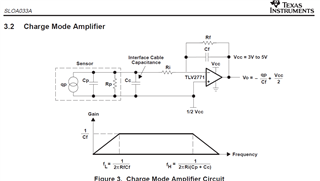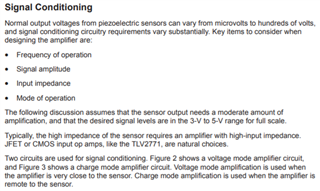Hi everybody,
I want to build a simple voltage amplifier circuit for a piezo-ceramic slide/sensor (sensor data see attached pdf).
The sensor is to record sound in a frequency range up to approx. 20 kHz. The amplified signal shall be input to a rapid control prototyping system. There a 16-bit ADC is available, whose voltage range can be configured optionally +/-0.64 V, +/-2.56 V, +/-5.12V, +/-10.24 V (see picture).
The amplifier circuit should be quite simple and cheap, I thought for example a solution with the INA326/327 or TLV2771 if that is possible?
I am grateful for any help, thanks!
Felix






